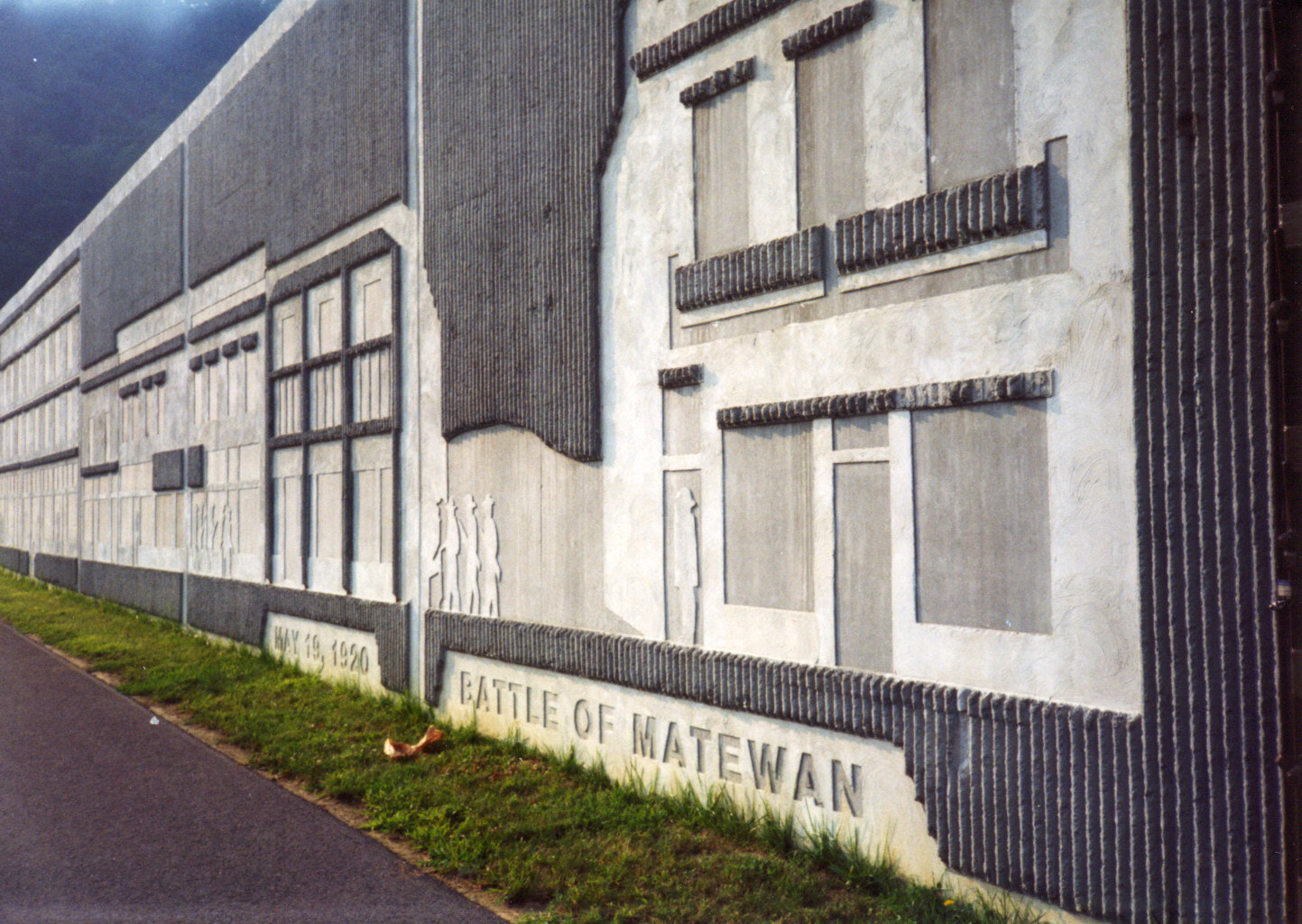This Month in W.Va. History: How the Matewan Massacre sparked a series of events etched in the state’s history
If you found yourself driving through Matewan, West Virginia, in recent years it probably felt like one of the many small towns throughout the state that time seemed to leave in the past.
The town’s past however is marked by one of the key events in the state’s mine wars -- the Battle of Matewan, otherwise known as the Matewan Massacre.
More than a year before the Battle of Blair Mountain, Matewan was home to a shootout that left 10 people dead. While it was not the first event in the mine wars, it was the first major flashpoint in nearly eight years that ignited a turn of events etched in the state’s history.
By May 1920, a nationwide coal strike had earned union members a wage increase, but unfortunately most miners in southern West Virginia -- the largest non-unionized coal region in the country -- were not part of the union, so when the United Mine Workers of America stepped up their unionizing efforts in the region things did not go well.
Coal operators hired private detectives -- Baldwin-Felts in this case -- to evict miners who joined the union from their company houses. The agents were no stranger to the area, the driving force behind antagonizing miners eight years earlier during the Cabin Creek/Paint Creek strike.
When Baldwin-Felts agents showed up to Matewan to evict miners, police chief Sid Hatfield (more on him later!) intercepted them as they were about to board a train out of town. Hatfield, who sympathized with unionizers, claimed to have arrest warrants for the detectives from the sheriff. The detectives, likewise, falsely told him they had a warrant for his arrest.
Meanwhile, armed workers surrounded the men in windows, doorways and rooftops along Mate Street when a shot rang out during the argument. It is still up for debate who fired the first shot, but seven detectives died and three residents were killed in the shootout, including the mayor of Matewan C.C. Testerman.
Following the battle, Gov. John Cornwell ordered state police to Mingo County to control the situation. Miners initially complied, but the shootout and events that followed only strengthened their efforts and membership numbers. The next month, union members began a strike, setting off another wave of violence that resulted in martial law being declared and federal troops becoming involved.
Months later in 1921, with tensions still simmering, trials began for those alleged to be involved in violence against Baldwin-Felts agents. When Hatfield and 22 others were acquitted of their charges, Baldwin-Felts agents assassinated Hatfield and his deputy on the courthouse steps in McDowell County.
Following the Matewan Massacre, Hatfield became a beloved local figure for his role in standing up for miners. (Before you ask: yes, Hatfield was a relative of the famous Hatfield family.) His killing did nothing but further solidify union members’ positions in a mine war that was about to escalate.
The assassination spurred miners to rally in Charleston where a plan was hatched to march toward Mingo County and free miners who’d been jailed under martial law. Logan County, sheriff Don Chafin and Blair Mountain, however, stood in their way.
As to not ruin a future monthly history blog, I’ll pause this story here. Check back in August for more on the Battle of Blair Mountain.
In the meantime, if you’re ever in the Mingo County area, check out the West Virginia Mine Wars Museum, where folks can tell you the history of the mine wars better than I ever could. If a trip to Mingo County is out of the question, check out Hollywood’s portrayal of the events in the 1987 film “Matewan.”




